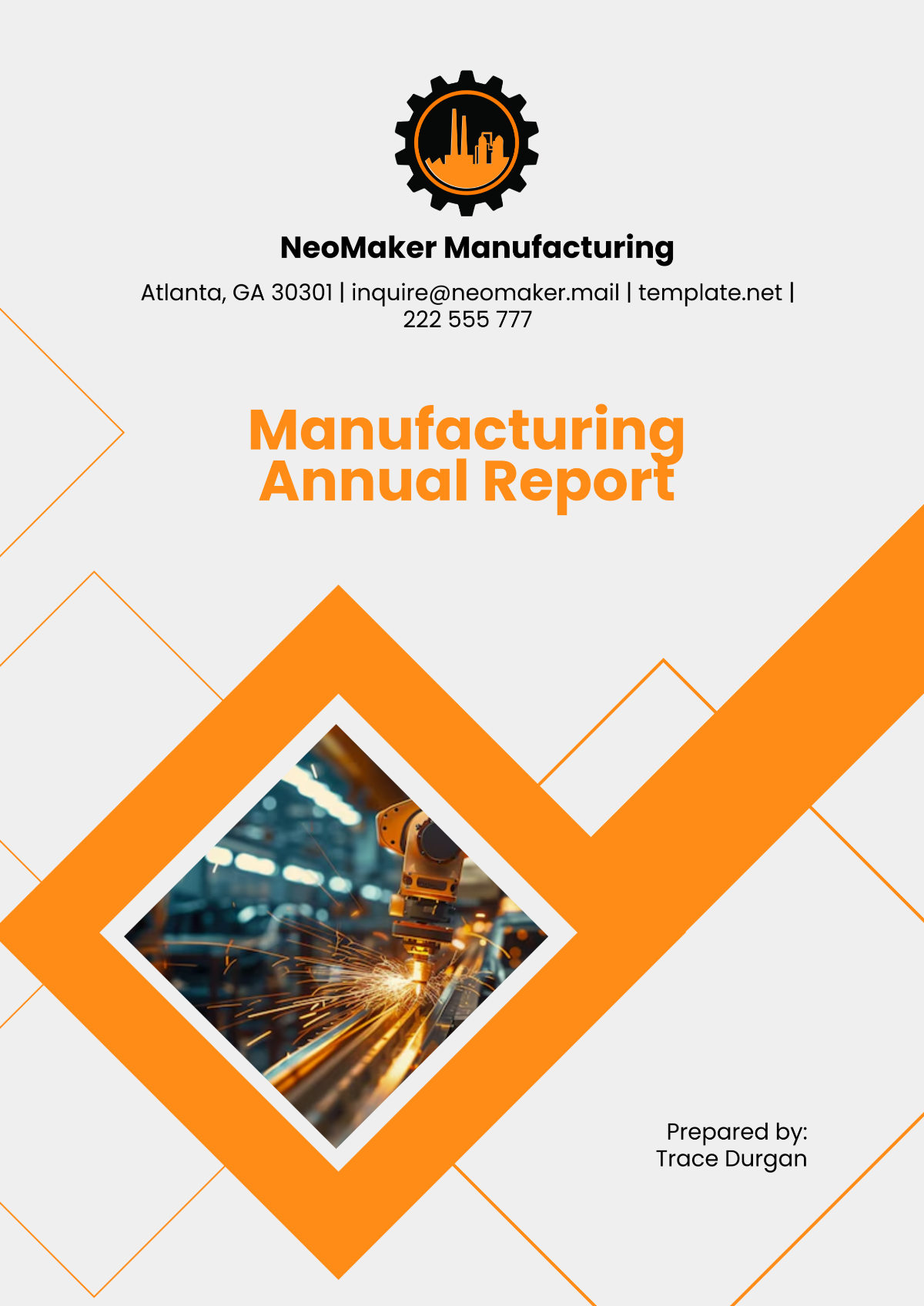Agriculture Report Chapter Outline
Prepared by: [Your Name]
Date: [Date]
I. Introduction to Agriculture
I.I Overview of Agriculture
Agriculture, encompassing crop cultivation, livestock rearing, and related sectors, has evolved significantly since 2050, driven by advancements in technology and sustainable practices. The integration of AI, robotics, and biotechnology has revolutionized agricultural methods, increasing efficiency and productivity while addressing environmental concerns.
I.II Importance of Agriculture in the Economy
As of 2050, agriculture remains a cornerstone of the global economy, with its role in ensuring food security and supporting rural livelihoods being more crucial than ever. The sector now contributes a substantial share of GDP in developing nations and is pivotal in addressing the challenges of climate change and resource scarcity.
I.III Objectives of the Report
This report aims to analyze the transformative changes in agriculture from 2050 onward, highlighting emerging trends, technological advancements, and sustainability challenges. It is designed to inform policymakers, industry stakeholders, and researchers about future directions and strategies for the agricultural sector.
II. Agricultural Practices and Technologies
II.I Traditional Agricultural Practices
Traditional practices have largely been supplemented or replaced by advanced technologies, but they still play a role in preserving cultural heritage and biodiversity. In regions where technology is less accessible, traditional methods are adapted with modern enhancements to increase resilience and productivity.
II.II Modern Agricultural Technologies
Since 2050, precision agriculture has advanced with the integration of real-time data analytics, autonomous machinery, and advanced genetic engineering. Innovations such as vertical farms and controlled-environment agriculture have emerged as key solutions to food production challenges in urban settings.
II.III Innovations in Agriculture
Emerging technologies like quantum computing for agricultural modeling and advanced CRISPR techniques for crop enhancement are reshaping the industry. Case studies highlight successful implementations of these innovations in increasing yield and resilience against climate-related stresses.
III. Crop Production
III.I Major Crops and Their Importance
Major crops such as genetically modified drought-resistant wheat and climate-adapted rice varieties have become essential to global food security. With population growth and changing climate conditions, these crops are crucial in meeting the increasing demand for food.
III.II Crop Cultivation Techniques
Advanced cultivation techniques include automated planting systems and smart irrigation networks that use AI to optimize water usage. Innovations like synthetic soil and nutrient delivery systems have further enhanced crop productivity and sustainability.
III.III Challenges and Solutions in Crop Production
Climate change has intensified challenges like soil erosion and pest outbreaks, necessitating innovative solutions such as bioengineered pest-resistant crops and advanced soil regeneration techniques. Efforts are also focused on developing climate-resilient crop varieties and optimizing resource use.
IV. Livestock Management
IV.I Key Livestock Species
Livestock management has advanced with the use of precision breeding and health monitoring systems, significantly improving productivity and animal welfare. New livestock breeds designed for higher efficiency and disease resistance are becoming increasingly common.
IV.II Livestock Breeding and Nutrition
Nutritional science and genetic engineering have led to the development of specialized feeds and breeding programs that enhance livestock health and productivity. Innovations include lab-grown meat and tailored nutritional supplements that reduce environmental impact.
IV.III Health and Welfare of Livestock
Enhanced monitoring technologies and automated systems have improved disease management and welfare standards in livestock farming. Policies and practices now emphasize humane treatment and ethical standards, with a focus on reducing the carbon footprint of animal production.
V. Agricultural Economics
V.I Market Dynamics and Pricing
Agricultural markets are influenced by global trade policies, technological advancements, and climate variability, leading to more volatile pricing. Strategies are being developed to stabilize markets and ensure fair pricing for producers and consumers alike.
V.II Subsidies and Financial Support
Subsidy programs have evolved to support sustainable practices and technological adoption, with a focus on promoting green farming technologies and climate-smart agriculture. Financial support now includes incentives for carbon sequestration and resource-efficient practices.
V.III Farm Management and Planning
Modern farm management integrates advanced forecasting tools and decision-support systems to enhance efficiency and profitability. Risk management strategies have also been updated to address new challenges such as extreme weather events and market fluctuations.
VI. Environmental Impact and Sustainability
VI.I Environmental Challenges
The agricultural sector faces significant challenges related to climate change, including increased frequency of extreme weather events and shifting growing conditions. Addressing these challenges requires innovative approaches to reduce environmental impact and adapt practices accordingly.
VI.II Sustainable Agricultural Practices
Sustainable practices have become mainstream, with the widespread adoption of regenerative agriculture, agroecology, and circular economy principles. Techniques such as integrated pest management and organic farming are now complemented by cutting-edge technologies for improved sustainability.
VI.III Policy and Regulation
Policies have been updated to address the environmental impacts of agriculture, including stricter regulations on emissions and incentives for sustainable practices. Governments and international bodies are increasingly focused on enforcing compliance and promoting global environmental standards.
VII. Rural Development and Community Impact
VII.I Role of Agriculture in Rural Development
Agriculture continues to drive rural development by fostering economic growth, infrastructure improvements, and community services. Investments in rural areas focus on enhancing education, healthcare, and technology access to support sustainable development.
VII.II Social and Economic Impacts
The sector's impact extends to poverty reduction and social equity, with programs aimed at empowering women and marginalized communities. Successful initiatives include community-based projects that enhance livelihoods and promote social inclusion.
VII.III Case Studies and Success Stories
Recent case studies highlight transformative rural development projects, such as community-managed renewable energy systems and innovative agricultural cooperatives. These examples demonstrate effective strategies for addressing local challenges and promoting sustainable development.
VIII. Future Trends and Prospects
VIII.I Emerging Trends in Agriculture
Future trends include the rise of autonomous farming systems, biotechnology advancements, and increased emphasis on vertical and urban agriculture. These trends are shaping the future landscape of food production and addressing challenges related to urbanization and resource scarcity.
VIII.II Challenges and Opportunities
The agricultural sector faces ongoing challenges from climate change, resource depletion, and geopolitical tensions, but also opportunities for innovation and growth. Strategies focus on harnessing technology and sustainable practices to mitigate risks and capitalize on emerging trends.
VIII.IIII Strategic Recommendations
Recommendations include investing in research and development for climate-resilient crops, expanding sustainable farming practices, and enhancing global cooperation on food security. Emphasis is placed on developing adaptive strategies and fostering innovation to meet future agricultural demands.
IX. Conclusion
IX.I Summary of Key Findings
The report underscores the critical role of agriculture in addressing global challenges from 2050 and beyond, including food security, environmental sustainability, and economic development. Key findings highlight the importance of integrating technology, sustainability, and innovation in future agricultural practices.
IX.II Implications for Stakeholders
Policymakers, farmers, and businesses must adapt to evolving trends and challenges by implementing forward-looking strategies and embracing new technologies. Collaboration across sectors is essential to drive progress and achieve sustainable outcomes in agriculture.
IX.III Final Thoughts and Future Outlook
Looking ahead, the agricultural sector must continue to evolve to meet the demands of a changing world, with a focus on sustainability, resilience, and innovation. The future of agriculture promises significant advancements and opportunities for addressing global challenges and enhancing food systems.
X. References
Smith, P., et al. (2052). Global Agricultural Trends and Innovations: A Post-2050 Perspective. Springer.
Description: This comprehensive volume explores the major technological advancements and trends in agriculture since 2050, including precision farming, biotechnology, and sustainability practices.
International Food Policy Research Institute (IFPRI). (2051). Annual Report on Food Security and Agricultural Policy. IFPRI.
Description: This report provides detailed analysis and data on food security, agricultural policy changes, and economic impacts across different regions, with a focus on developments from 2050 onward.
World Resources Institute (WRI). (2053). Sustainable Agriculture: Solutions for a Changing Climate. WRI.
Description: This publication discusses sustainable agricultural practices and their effectiveness in mitigating climate change impacts, featuring case studies and policy recommendations.

















































